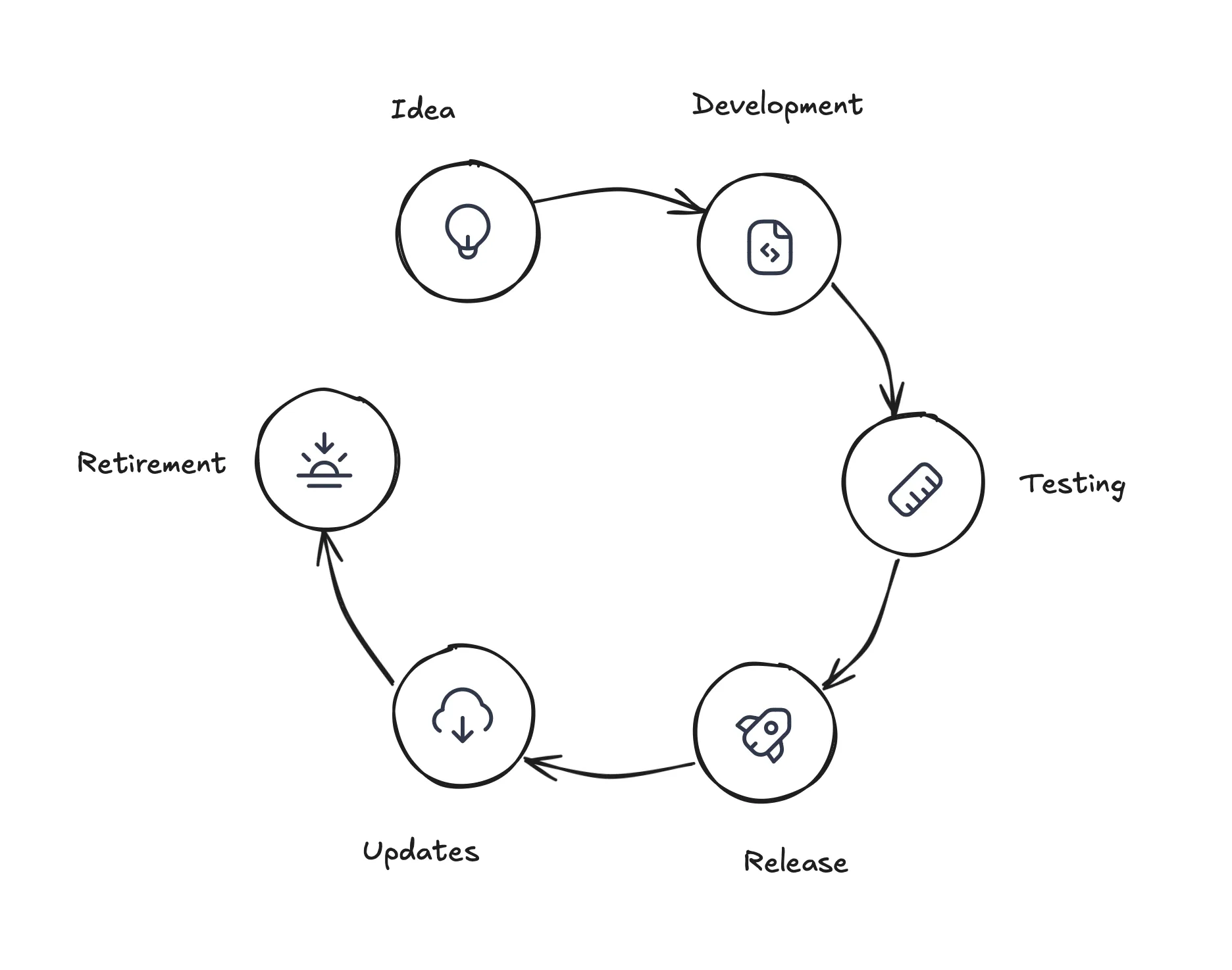What is Product Lifecycle Management and Why Does Your Business Need It?

Product Lifecycle Management (PLM) is a system that helps manage a product from start to finish. For companies that offer software through the internet, known as SaaS, PLM is very important. It helps them manage how they create, launch, update, and eventually stop offering their software. This makes sure their products meet what customers want and stay ahead of others in the market.

Key Parts of SaaS PLM
PLM keeps all the information about a product in one place. This includes what the product needs to do, how it’s designed, the documents about it, and how it changes over time. Having everything in one spot makes it easier for teams to work together, keep track of what they’re doing, and add new features to the software.
Another big part of PLM is managing changes. Software often needs updates, fixes for problems, and new features. PLM helps keep track of these changes and makes sure they happen smoothly.
PLM also helps different teams work together better. This includes the people who decide what the product should do, those who build it, those who check it works right, and those who help customers. When everyone works together well, the software ends up being better.
PLM helps make sure the software follows rules and laws. It keeps track of all the information needed to stay compliant, making sure the product meets all the necessary standards from start to finish.
Listening to customers is also easier with PLM. It collects what customers say about the software and what they want changed or added. This helps the company decide what to work on next.
Making Customers Happier with PLM
PLM can make customers happier in a few ways. It helps keep improving the software by using what customers say they want. This means the software keeps getting better in ways that customers care about.
PLM also helps get new software or updates out faster. By making the process smoother and fixing problems before the software goes out, companies can meet customer needs quicker. This also means the software is better because problems are caught and fixed early.
When PLM works with systems that manage customer relationships, it can help make each customer’s experience more personal. This makes customers feel more valued and likely to keep using the software. It also makes it easier to solve problems quickly because the people helping customers have all the information they need.
PLM lets companies guess what customers might need next or what problems they might have. This helps them be ready to help before customers even ask. It also makes sure everyone has the same, up-to-date information about the product, so customers always get clear and correct information.
Speeding Up Product Launches with PLM
PLM helps get new software out to customers faster in several ways. It makes it easier for teams to work together by giving them a place to share information and talk. This cuts down on time lost because of misunderstandings or information being stuck in one place.
PLM lets different parts of the software be worked on at the same time. This speeds things up because everyone can work without waiting on others. It also keeps all the product information in one spot, so it’s easy to find and everyone knows what’s happening.
PLM can make some parts of the work automatic, like getting approvals or sending notifications. This saves time that would be spent on these tasks. It also helps find and fix problems early, so they don’t slow things down later.
Managing changes is easier with PLM because it keeps track of what’s changing and how. This means less time spent going back and forth on changes. It also helps manage the things needed to make the software, making sure they’re ready when needed.
PLM helps make decisions faster by using data from different parts of the company. This means choices can be made quickly and with good information. Some say PLM can help get products out up to 75% faster. This helps companies stay competitive and grab new opportunities in the market.
Final Thoughts
In short, Product Lifecycle Management (PLM) is a key tool for SaaS companies. It helps manage every part of their software’s life, from start to finish. With PLM, companies can keep all their product information in one place, make their software better, make customers happier, and get new products out faster. Using PLM helps SaaS businesses stay competitive and meet what their customers need.